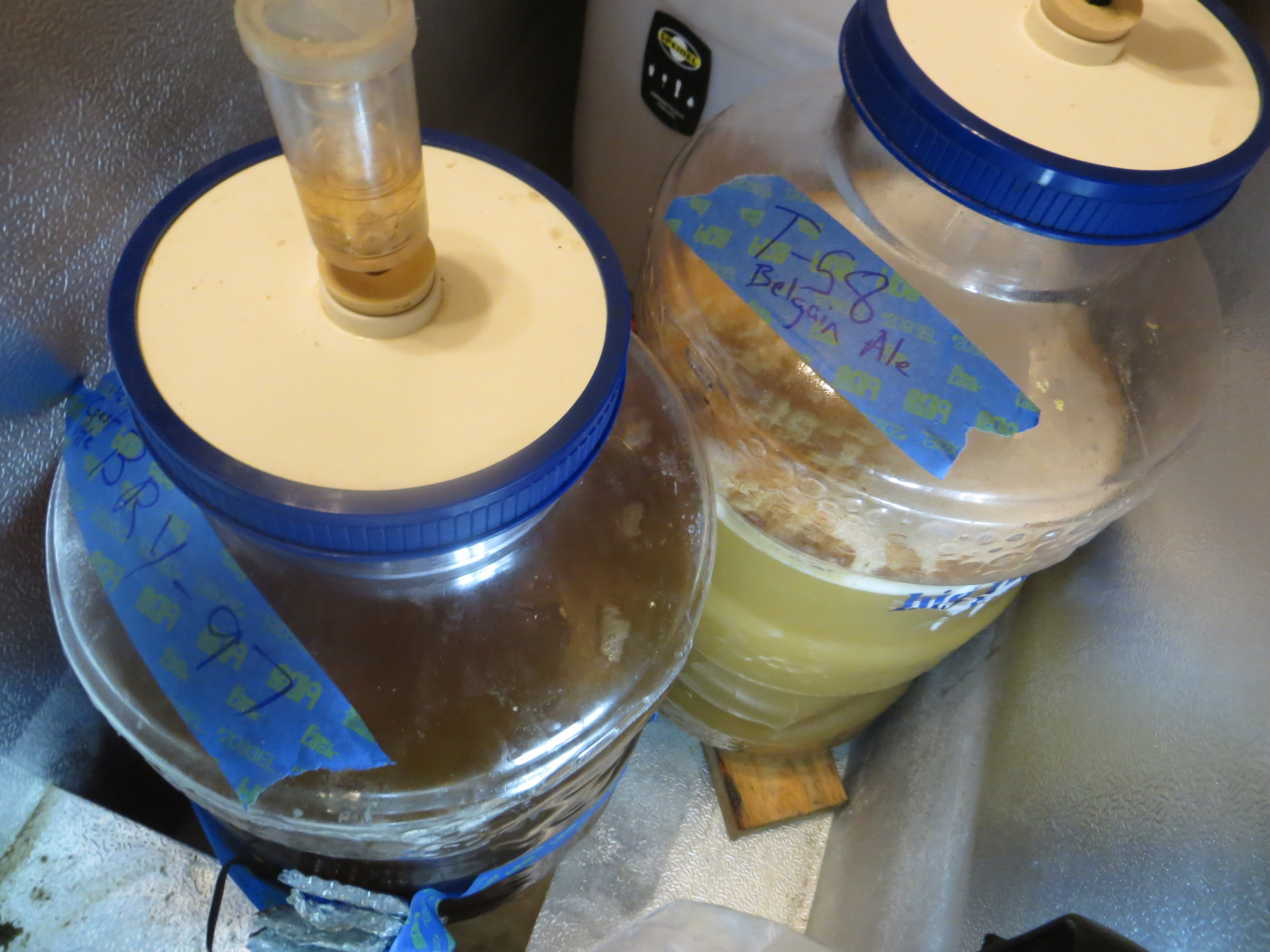msh227
Well-Known Member
Reviving an old thread. I just made a Rye PA using this yeast for first time. It took almost 48 hours before some activity was noticeable. This thread saved me from pitching more yeast. Thanks.

Further revive. I think BRY-97 is a fantastic yeast. Works particularly well for malty and roasty styles, but can also make a great clean IPA despite supposedly muting some hop character with the high flocculation. I think it's just as good as US-05, but you should use them for different reasons.

Since I started this thread nearly 2.5 years ago, I've learned some interesting info.
Following my recent US-05 vs. BRY-97 xBmt, I was told by a person I trust that the latter is these strain as WLP051, which many refer to as the Anchor Liberty strain.
This is so odd based on my experience because the T-58 took off fermenting like a banshee with visible kruesen in less than 12 hours while the BRY-97 took between 57 and 66 hours to develop kruesen. By that time the T-58 had dropped from 1.051 to 1.018. I am not doubting your statement but the two yeasts for me in this instance have behaved very differently.It goes to show what a mess this stuff is now that we have some better genetic information on these strains. White Labs now list WLP051 as a S. pastorianus strain - it's a lager yeast. Rather than Anchor Liberty, it would be a better fit to Anchor Steam.
BRY-97 is in the Gallone Mixed group of S. cerevisiae - obviously it's a POF- non-phenolic yeast, but its nearest homebrew cousin is T-58 and it's somewhat more distantly related to Windsor/S-33. So absolutely nothing to do with WLP051.
This is so odd based on my experience because they T-58 took off fermenting like a banshee with visible kruesen in less than 12 hours while the BRY-97 took between 57 and 66 hours to develop kruesen. By that time the T-58 had dropped from 1.051 to 1.018. I am not doubting your statement but the two yeasts for me in this instance have behaved very differently.
This is so odd based on my experience because the T-58 took off fermenting like a banshee with visible kruesen in less than 12 hours while the BRY-97 took between 57 and 66 hours to develop kruesen. By that time the T-58 had dropped from 1.051 to 1.018. I am not doubting your statement but the two yeasts for me in this instance have behaved very differently.
Enter your email address to join: